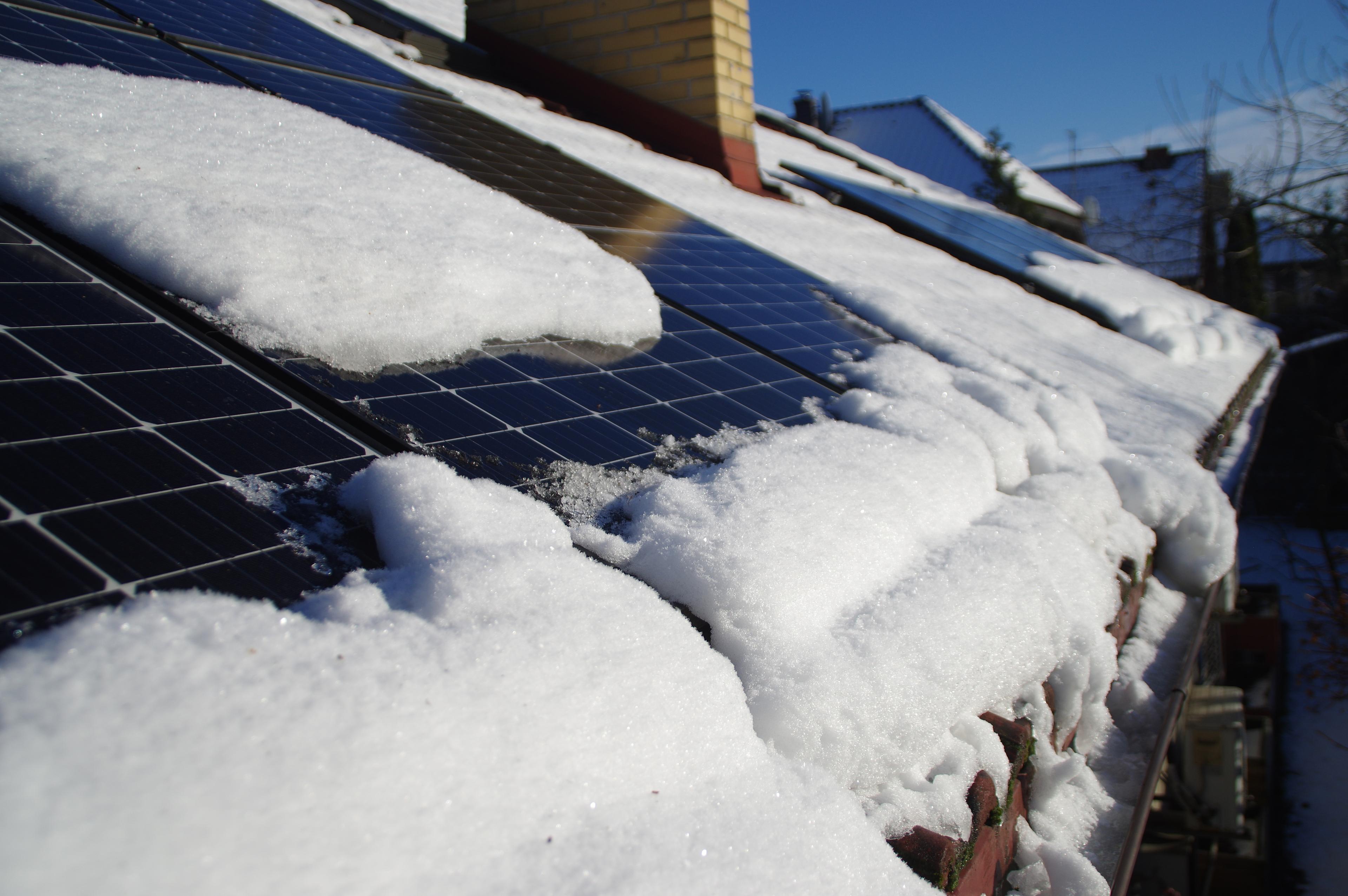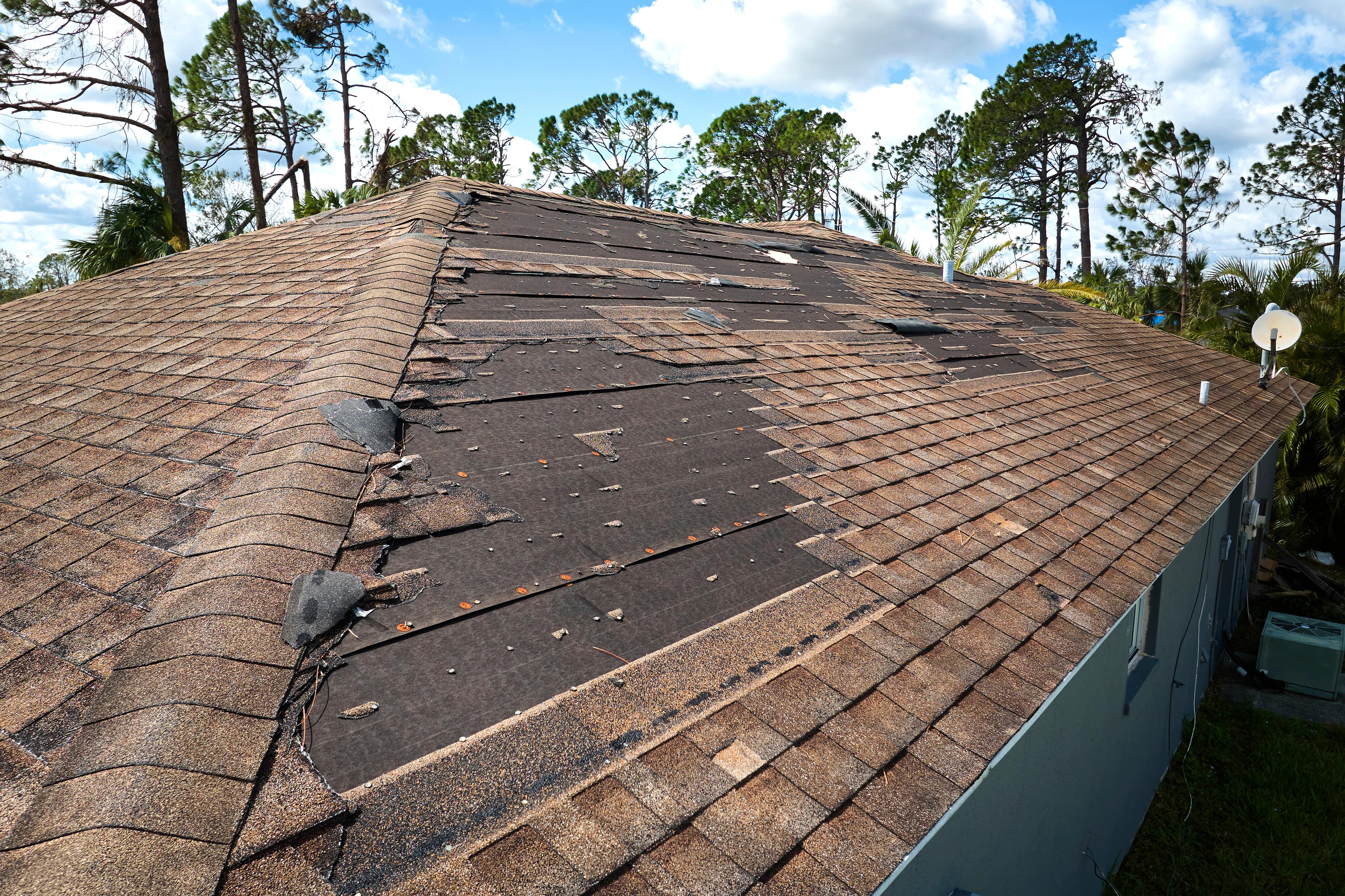 ;
;Understanding Home Insurance and Roof Damage
For many Arizona homeowners, the home insurance policy is a vital safeguard - a protective umbrella that offers a sense of security and financial protection against a wide array of potential damages. Home insurance can also be a source of confusion and anxiety for many people, and it seems like the insurance companies keep making it more complicated to understand your coverage. Roof damage stands as a significant concern, particularly due to Arizona's unique weather patterns, marked by intense heat and monsoons.
The extent of coverage offered by home insurance for roof damage is not always clear-cut. It can vary considerably based on the specifics of the policy, the nature of the damage, and even the age and type of the roof. Navigating these nuances can be challenging but is absolutely essential to ensure you're adequately protected.
In this article, we will delve into the realm of home insurance, focusing on the coverage it provides for roof damage. We'll explore the intricacies of typical home insurance policies, the situations where they cover roof damage, and where they might not. Furthermore, we will discuss specific considerations pertinent to Arizona homeowners, shedding light on how local weather conditions may influence insurance coverage. Lastly, we'll guide you through the process of filing insurance claims for roof damage, equipping you with the knowledge needed to successfully navigate the system.
With a clear understanding of your home insurance coverage, you can better prepare for and manage any instances of roof damage, ensuring that your home remains a safe haven, regardless of what the Arizona weather throws its way.
Understanding Home Insurance Policies
A home insurance policy serves as a contract between a homeowner and an insurance company, offering financial protection against a range of potential losses to the property and its contents. Among the variety of coverage types within standard policies, there are typically four main ones:
- Dwelling Coverage: This protects the physical structure of the home, including walls, roofs, and built-in appliances, from certain types of damage or loss.
- Personal Property Coverage: This covers personal belongings within the home such as furniture, clothing, and electronics.
Liability Protection: This covers legal obligations if injury or property damage is caused to others. - Additional Living Expenses (ALE): This covers extra costs if the homeowner is temporarily unable to live in the house due to a covered loss.
Despite these broad categories, it is crucial to note that coverage can vary significantly from policy to policy. Certain types of damage may be excluded, and limits can be placed on the amount of reimbursement provided. Therefore, the particulars of an individual's home insurance policy warrant careful examination to fully understand the scope of coverage provided.
In the following section, the focus will be narrowed down to a crucial aspect of dwelling coverage - roof damage - providing insights into when such damage is typically covered and when it might not be.
Does Home Insurance Cover Roof Damage?
Insurance protection for homes often centers on the concept of "covered perils" or "named perils" — explicit, predefined scenarios in which the insurance company promises to provide financial coverage. These named perils often encompass a range of incidents, including fire, lightning, windstorms, and hail, among others.
Should a roof suffer damage from such a named peril, the cost of repair or even replacement is typically borne by the home insurance policy, within the boundaries of the policy's terms and conditions. Thus, if a violent monsoon wind tears away shingles or a lightning strike causes a destructive fire, such instances of roof damage are ordinarily covered.
Yet, insurance coverage does not provide an absolute guarantee of financial protection in every instance of roof damage. Certain scenarios exist where coverage might be denied. One such circumstance pertains to negligence or lack of maintenance on the part of the homeowner.
Insurance companies operate under the assumption that homeowners carry out due diligence in preserving the condition of their homes.
Therefore, if roof damage arises from a clear failure to maintain the roof properly, the ensuing insurance claim may be refused. To illustrate, a roof leak that stems from years of neglect, characterized by a steady build-up of debris and unaddressed minor damages, likely falls outside the purview of insurance coverage.
Furthermore, the extent of insurance coverage can be influenced by the age and type of the roof. It is not uncommon for insurance policies to adopt a differential approach to roof coverage based on its age. Policies may stipulate 'actual cash value' coverage for roofs beyond a certain age, which factors in depreciation due to wear and tear. This translates to a lower payout, often insufficient to cover the full cost of roof replacement.
For homeowners, such nuances in insurance coverage for roof damage underscore the importance of a thorough understanding of their specific policy. It equips them with the knowledge to navigate any future insurance claims more effectively and manage their assets prudently.
Specific Considerations for Arizona Homeowners
The implications of home insurance coverage for roof damage in Arizona are heavily influenced by the state's distinct climatic conditions. Monsoon storms and intense heat waves characterize Arizona's weather, each presenting unique challenges for roofs.
Monsoons bring a host of potentially destructive elements, including high winds, heavy rain, and even hail. These can wreak havoc on roofs, causing anything from missing shingles to more significant structural damage. While these perils are generally covered by standard home insurance policies, homeowners should verify that these specific weather conditions are explicitly stated in their policy.
On the other hand, the relentless Arizona sun can inflict damage of a different sort. Over time, excessive heat and ultraviolet radiation can degrade roofing materials, causing them to crack, warp, or become brittle. Whether or not insurance covers this kind of damage may depend on the specifics of the policy and how directly the damage can be tied to weather conditions as opposed to gradual wear and tear.
Another specific consideration for Arizona homeowners is the possibility of additional coverage options or insurance riders. These are supplementary policies that can be purchased in addition to the standard home insurance, providing extra protection against specific risks. Given the unique weather conditions in Arizona, homeowners might find it prudent to explore such options.
The knowledge of these specific considerations empowers Arizona homeowners to choose the most appropriate insurance coverage for their homes, providing a robust defense against the weather elements characteristic of the region.
Navigating Insurance Claims for Roof Damage
The process of filing an insurance claim for roof damage is an integral part of utilizing your home insurance policy effectively. This process is inherently technical and filled with important steps that need to be followed meticulously to ensure a successful claim.
Initially, the key is to act promptly. Delay can exacerbate the damage, leading to additional costs that may not be covered by insurance. Also, many insurance policies require prompt reporting of any damage.
An immediate step post-damage is to document everything meticulously. Photographs and written descriptions of the damage provide crucial evidence when dealing with an insurance adjuster. If possible, gather 'before' pictures of the roof to compare and better illustrate the extent of the damage.
Engaging a professional for a roof inspection can be advantageous. While there is an upfront cost, the inspector can provide an unbiased assessment of the damage, a repair estimate, and might also assist in identifying causes of the damage that are covered by the policy.
When filing the claim, provide all the gathered documentation and be as detailed as possible about the incident and the damage. It's wise to follow up regularly to ensure the claim is processed in a timely manner. Also, be prepared to negotiate. The insurance company's initial offer may not cover the full extent of the repair costs, and you may need to provide additional evidence or clarification to negotiate a more appropriate settlement.
This step-by-step approach to managing insurance claims for roof damage serves as a tool that homeowners can utilize to confidently navigate the complexities of the claim process and ensure the maximum benefit from their home insurance policy. At Mission Restoration, we understand more than most how difficult it can be to navigate your home insurance claims. That's why we established a whole department in 2019 to handle that for you. Our Billing and Insurance Negotiation experts are the best in Arizona and will guide you every step of the way. Schedule a roof inspection with us today, and ensure your home is protected.


